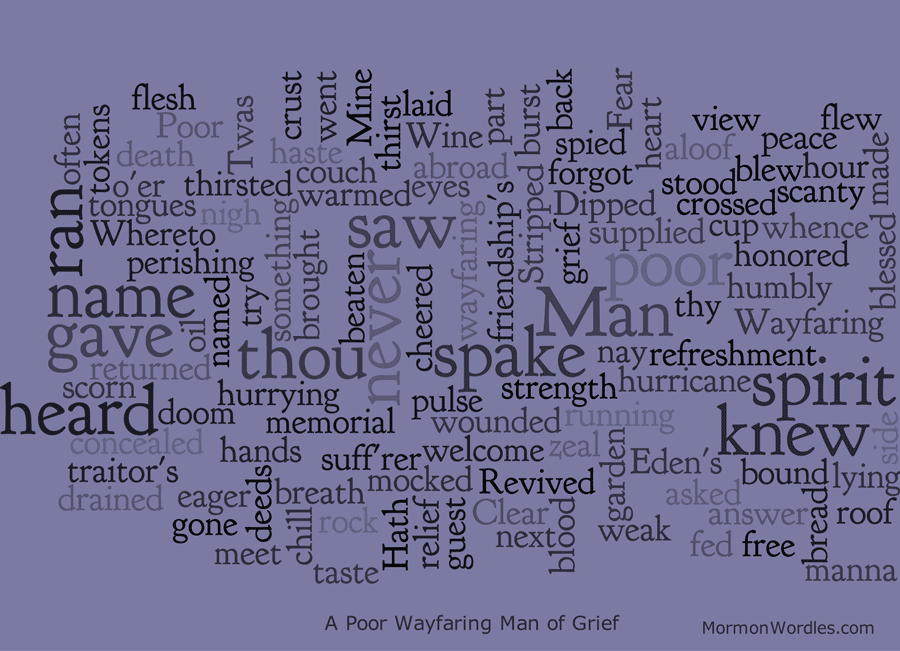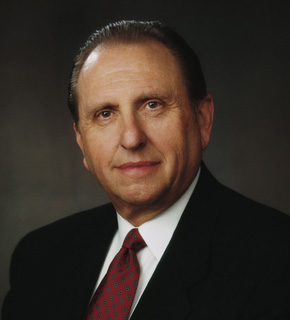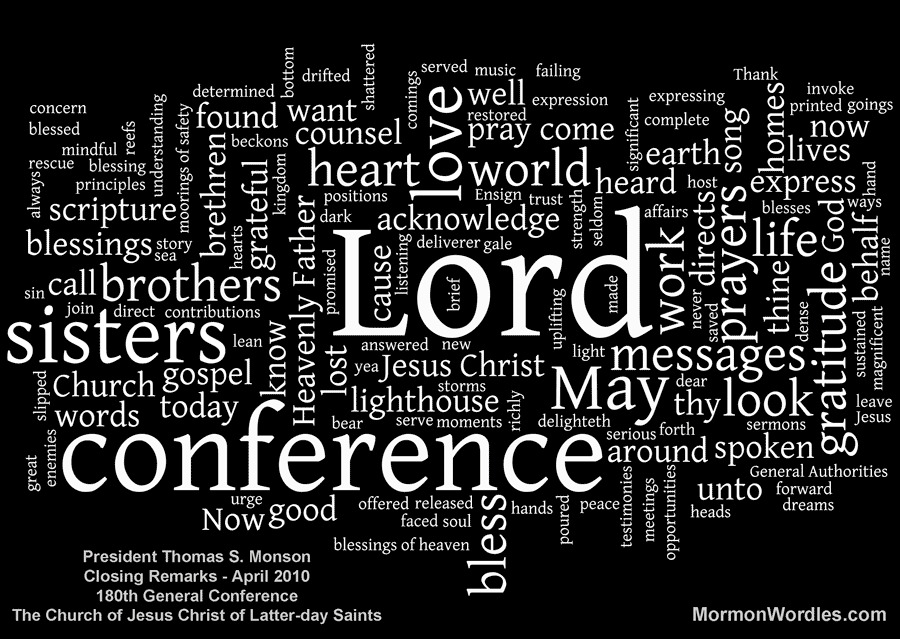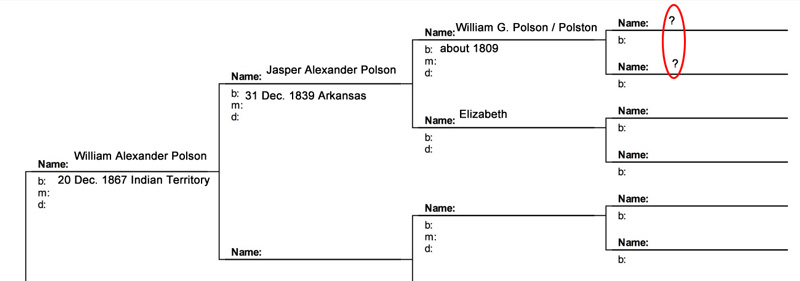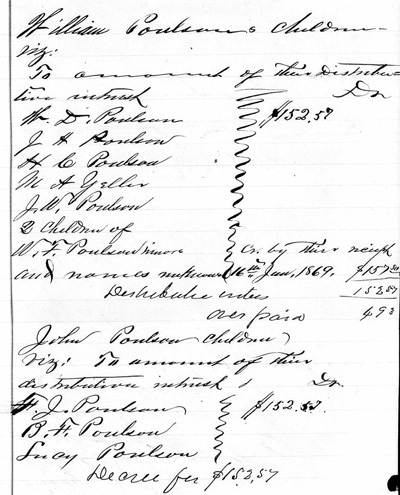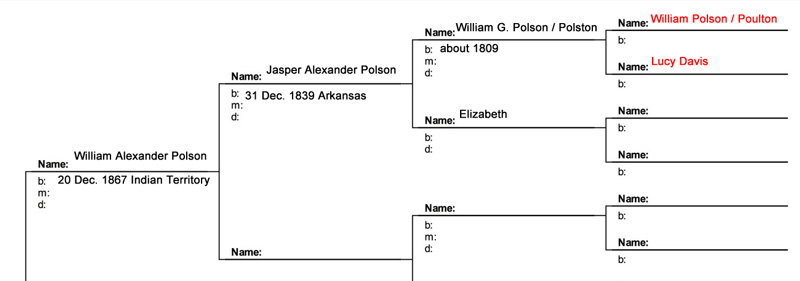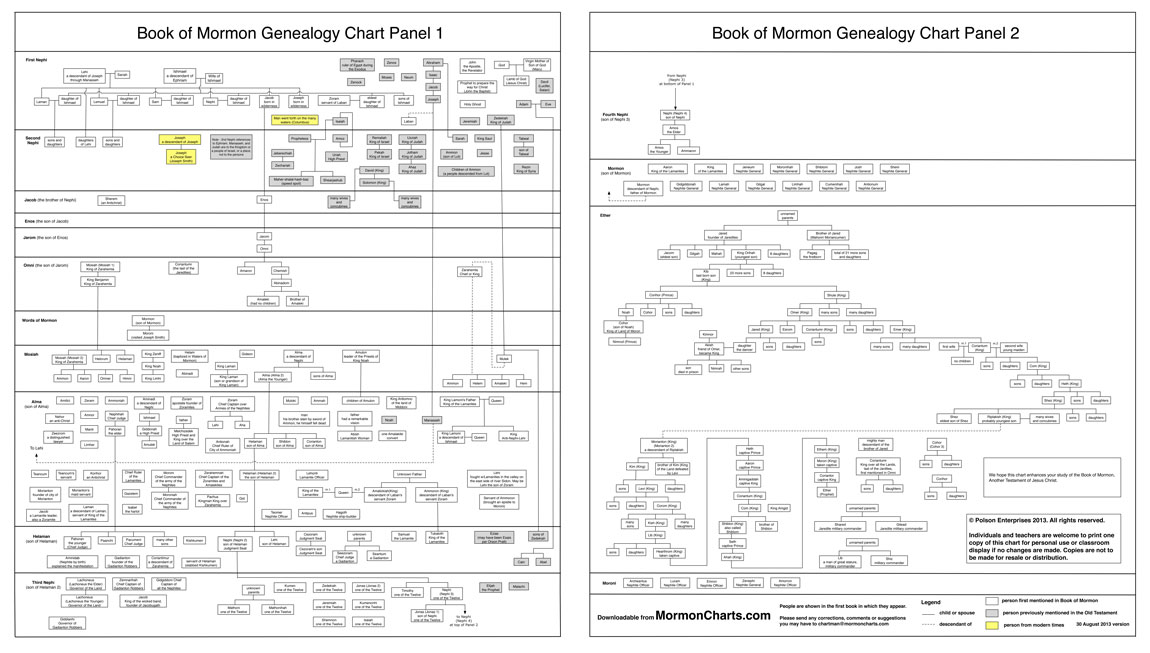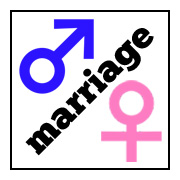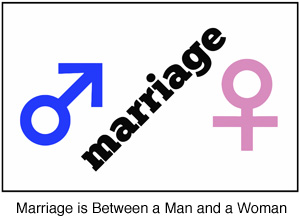Members of The Church of Jesus Christ of Latter-day Saints have their own terminology and vocabulary. Visitors, investigators, neighbors, friends, and the press are often confused by it. Members regularly spew out terms that make nonmembers wonder what on earth they are talking about.
Just a few of the more common terms and phrases in our vocabulary are Stake Center, Ward, Stake, Patriarch, Relief Society, General Conference, Ward Conference, Personal Progress, Duty to God, Preach My Gospel, Choose the Right, Family Home Evening, Handcart Company, Prophet, Moroni’s Promise, Angel Moroni, Quorum of the Twelve, First Presidency, Home Teaching, Visit Teaching, Word of Wisdom, Priesthood, Elders Quorum, Patriarchal Blessing, Senior Missionaries, Temple, Utah Mormon, Stake President, Jack Mormon, Mormon Trail, Pioneers, Endowment, Family Proclamation, Institute, Seminary, Release Time, 72 hour kit, funeral potatoes, Green Jell-O, Pioneer Day, Pearl of Great Price, Doctrine and Covenants, Bloggernacle, Mormon Times, Ensign, Nauvoo, Kirtland, Admon-ondi-Ahmon, Beehives, Sunbeams, Fast Sunday, Plan of Salvation, Mission Field, Return With Honor, Temple Work, and the list goes on and on.
In addition to terms used by members, the outside world often uses terms to describe us or events the Church or members of the Church have been associated with, some of which some are not always flattering. Those terms and phrases include Joe Smith, polygamy, cult, “are not Christians”, Utah, Salt Lake City, Mormons, Brigham Young, Mormon Bible, and more.
Yet more terms and phrases are added to the mix from things The Church of Jesus Christ of Latter-day Saints or prominent members may have done or been involved with in recent times. Examples of these include Mormon Helping Hands, Proposition 8, “and I am a Mormon”, Mormon Ads, Mitt Romney, Harry Reid, and more.
With the Church having its own lexicon and those outside the church using a limited number of terms and phrases to describe the Church and its members, an opportunity exists to follow the popularity of those terms and phrases as they work their way into mainstream news, literature, and culture. Some terms rise quickly and fall away, others stay for the long haul, while still more are replaced by others. Read More →
